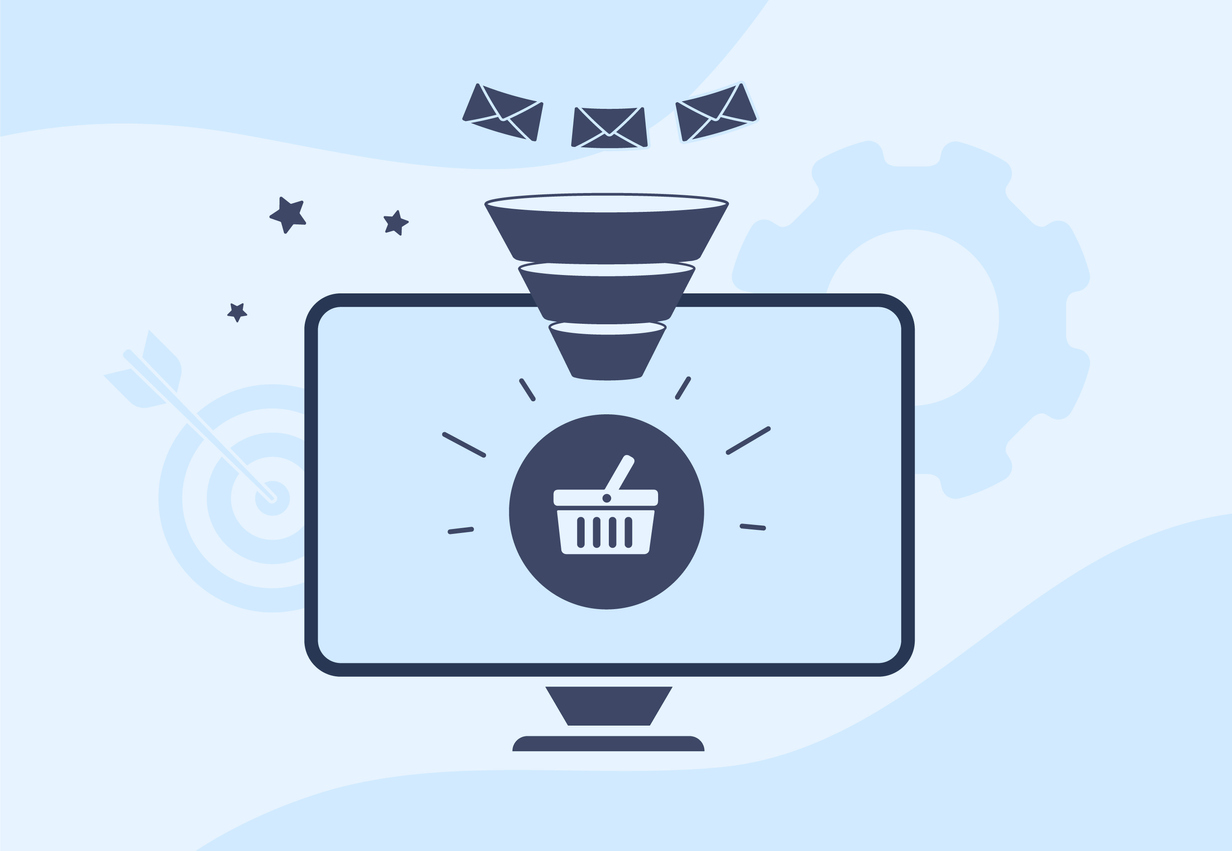Is your Website Content Relevant?
Reading Time:
 Relevant website content. This elusive phrase is one of the number 1 goals of most businesses who find themselves marketing online – which would be about every business out there. Is this something that is possible to determine? Why yes, with content analytics, your business can determine to some degree whether or not your website content is relevant.
Relevant website content. This elusive phrase is one of the number 1 goals of most businesses who find themselves marketing online – which would be about every business out there. Is this something that is possible to determine? Why yes, with content analytics, your business can determine to some degree whether or not your website content is relevant.
What is Content Analytics?
Content analytics can be defined as the act of applying business intelligence (BI) and business analytics (BA) practices to digital content. This is done by using content analytics software to provide some visibility into the amount of content that is being created, the usefulness of that content, and then how it is used. And believe it or not, content analytics is not new.
What are some Content Analytics that actually matter to your business?
Let’s face it, there is a lot of data available out there about your website. It does all matter, but some matters more that others. Let’s go over some of the numbers that you should be paying more attention to.
- How many visitors are coming to your site and actually reading your content?
- Of those visitors, how many actually read your content to the finish? How many read half?
- For blog posts, on average, how long does it take to read the entire post?
- Of your return visitors, what percentage of them are full content readers and what percentage are partial content readers?
Knowing how your readers, customers, potential leads, use your website is crucial to understanding what works content wise, and what doesn’t.
Some easy steps to start gathering much needed data.
So, what can you do? Well, an analytics package is a must. If you’re a current Visual Visitor customer, you know that we offer an analytics package that is tied into our Anonymous Visitor Identification software. This will tell you many important things about your visitors: who they are, how often they visit, what pages they are viewing, how long they are staying on each page, etc.
For your read time metrics, there are many, many, many reading time plugins available out there. These read times are calculated based on the total words per page divided by the reading speed of the average reader. Some packages will go a step beyond providing the average read time to also provide the actual read time. This is done by dividing your content into ‘sections’ and then tracking the time based on the scrolling of the page. Both are helpful numbers.
By using some of the readily available tools, your business can start asking some very important questions about the content that it is delivering and if this content is moving the company further along in growing the business. Let’s face it, providing interesting content is a must to attract those full page readers that are truly engaged with your site and your product – and ready to buy.





